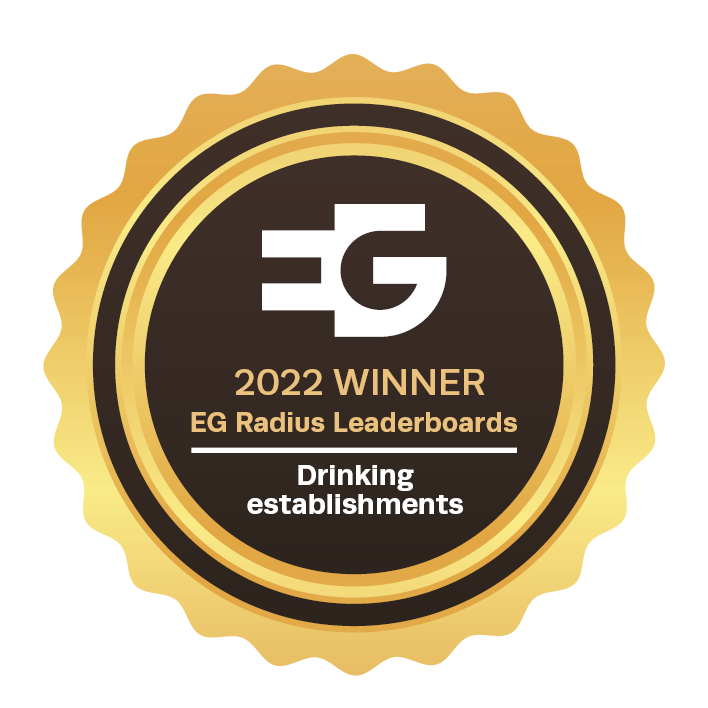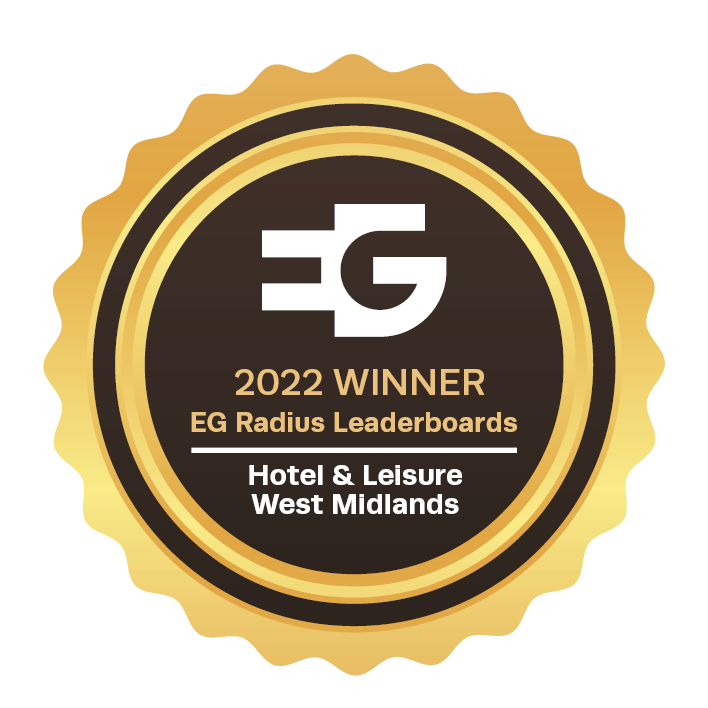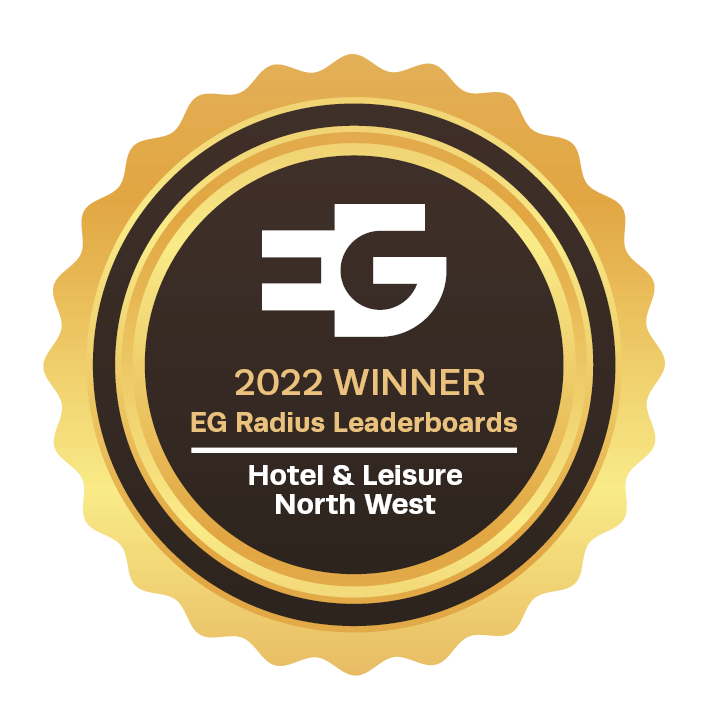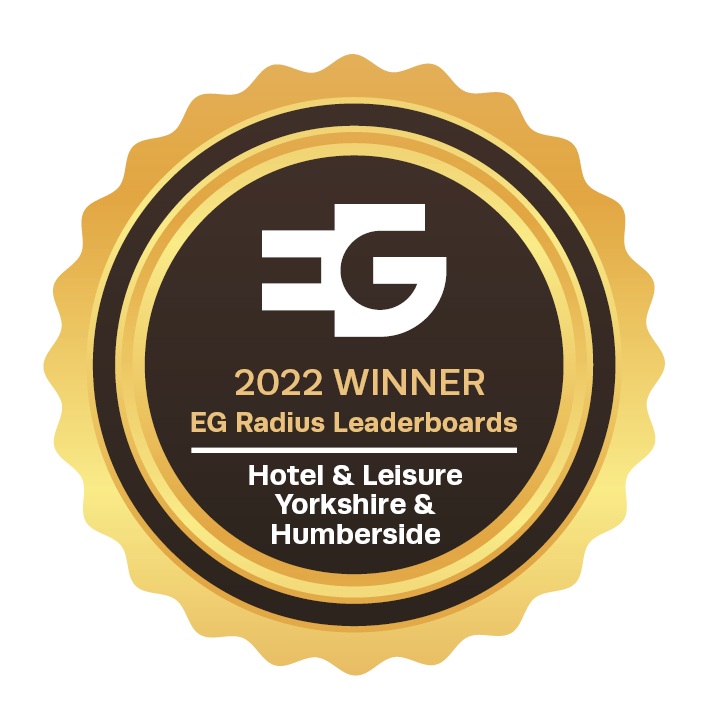







01/03/2012
Clickhere to open the pdf directly.
What are Pubs used for after being sold?
How many pubs that are sold stay as pubs?
How many are converted for other uses?
What are the most common alternative uses?
33% fewer bottom end freehold pubs were sold by Fleurets in the year to 30th September 2012 compared to the previous year. They still however, account for two-thirds of all our freehold pub transactions in the year.
Bottom end freehold sales are broadly defined as properties sold without accounts, sometimes closed or vandalised or if operational, under temporary tenancy/management arrangement. These are primarily pub company sales but also include administration sales and
occasional private sales. Invariably they reflect some degree of forced sale situation.
Some analysis of the sales reveals what is happening to these properties after they are sold.
Most common alternative uses
Comment
We have started to see a slow down of the conversion of public houses to alternative uses. We expect this to continue in the year ahead as better quality, more viable pubs come to the market.
The growth in the average sale price of pubs for non-pub use was significantly higher than the growth in sale price for continued pub use. This suggests the wider property market is seeing greater increases in value than the pub property market.
Nationally there is a 16% differential between the average sale price for non-pub use and continued pub use, whereas last year sale prices for pub use and non-pub use were much the same. There is a distinct difference between the north +5% for non-pub use and the south
+28% for non-pub use.
Over the last three years residential conversion/development has been the most common use for pubs that are sold for alternative uses. Half of all pubs sold out of the trade have been converted to housing and the majority have been for single dwelling conversion.
Restaurant and retail uses have continued to be the second and third most popular end uses, consistently averaging between 10 - 15% of all alternative use sales.
Despite common perception that convenience stores and care homes are taking over large numbers of public houses, the actual numbers are relatively low and consistently around the 2 - 4% of all sales for non-pub use. When they do happen, however, sale prices can be significant.
Click here to open the pdf directly.